Shares fell significantly in the Great Lakes shipping industry 50 years ago, on November 10, 1975, when the 729-foot ore boat Edmund Fitzgerald sank in Lake Superior. The tragedy claimed the lives of all 29 crew members on board, and it remains one of the most infamous maritime disasters in the region's history.
The sinking of the Edmund Fitzgerald was a devastating blow to the Great Lakes shipping community, and it sent shockwaves throughout the industry. According to John U. Bacon, author of The Gales of November: The Untold Story of the Edmund Fitzgerald, the disaster was hardly unique. "From 1875 to 1975, there were at least 6,000 commercial shipwrecks on the bottom of the Great Lakes," Bacon said in an interview. "So that is one shipwreck a week every week for a century. That is one casualty every day for a hundred years."
The Edmund Fitzgerald's sinking was also a cultural phenomenon, thanks in part to the efforts of Canadian musician Gordon Lightfoot. His ballad "The Wreck of the Edmund Fitzgerald" became one of the biggest hits of 1976, less than a year after the disaster it commemorates. Lightfoot had agonized over writing the song, fearing that it would be inaccurate, corny, or exploitative. However, he ultimately drew on his own experiences as a sailor and a child of the Great Lakes to create a deeply personal tribute to the lost crew.
The Edmund Fitzgerald's sinking was a pivotal moment in the history of the Great Lakes shipping industry, and it led to significant changes in safety regulations and emergency response procedures. The disaster also highlighted the risks and challenges faced by sailors and shipowners in the region. As Bacon noted, "The Great Lakes are a treacherous place to be, with storms that can come out of nowhere and waves that can be as high as 30 feet."
Today, the Edmund Fitzgerald's legacy continues to be felt in the Great Lakes shipping community. The ship's sinking remains a powerful reminder of the importance of safety and vigilance on the water. As the industry continues to evolve and adapt to changing conditions, the lessons of the Edmund Fitzgerald's tragedy will remain an important part of its history and heritage.
The wreck of the Edmund Fitzgerald remains on the bottom of Lake Superior, a testament to the enduring power of the Great Lakes. The ship's story has been the subject of numerous books, films, and documentaries over the years, and it continues to captivate audiences around the world. As a cultural icon and a symbol of the Great Lakes' rich maritime history, the Edmund Fitzgerald will always be remembered as a "rock star" of the shipping industry.
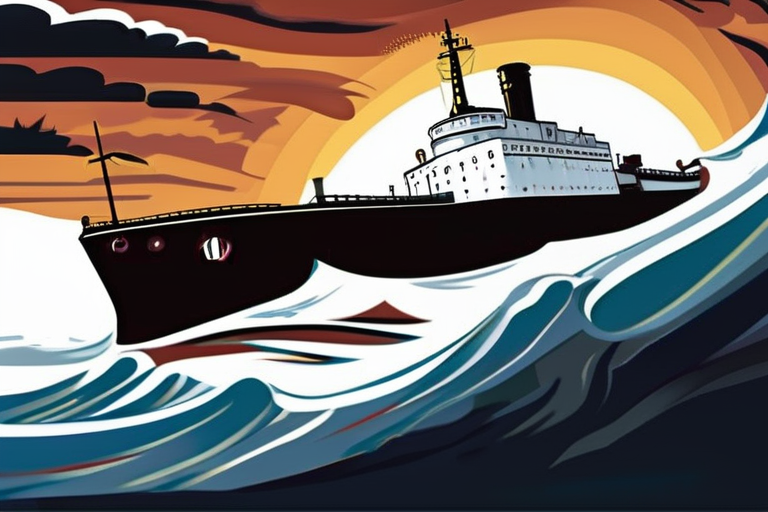







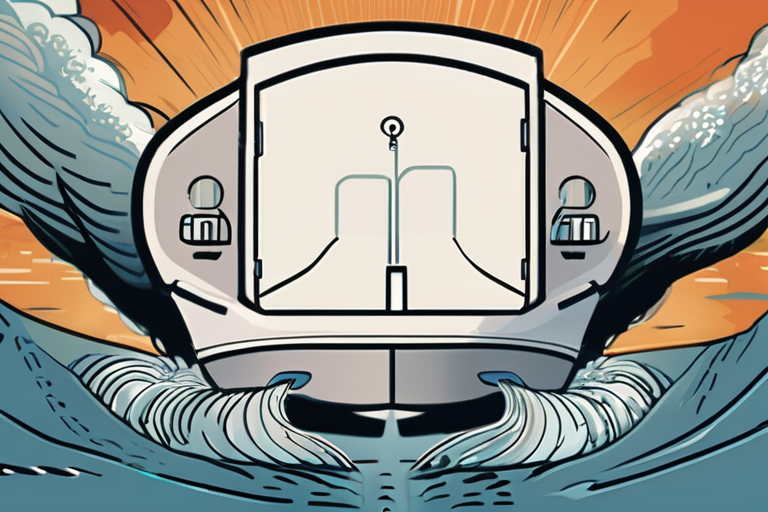
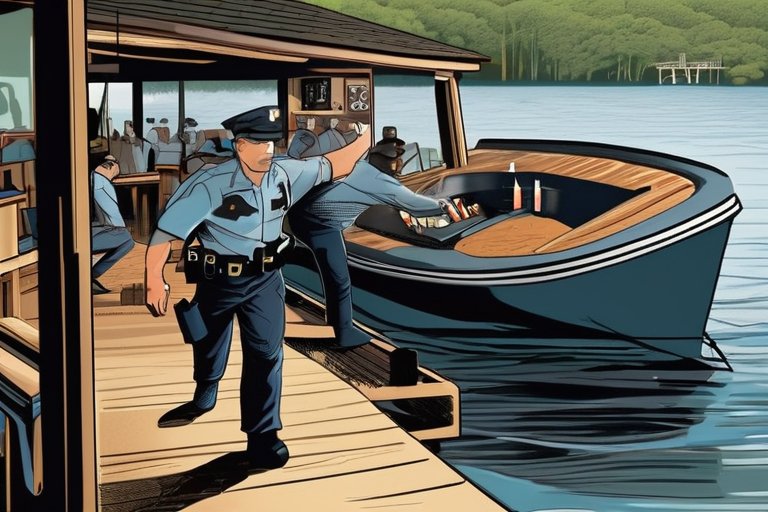



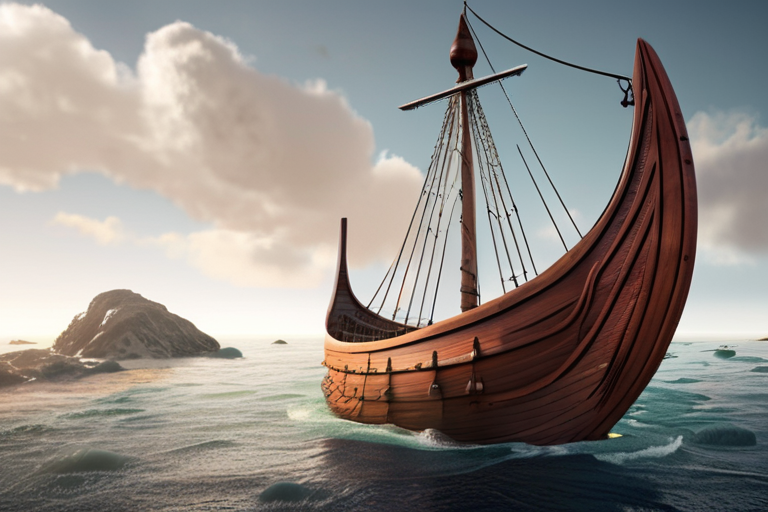

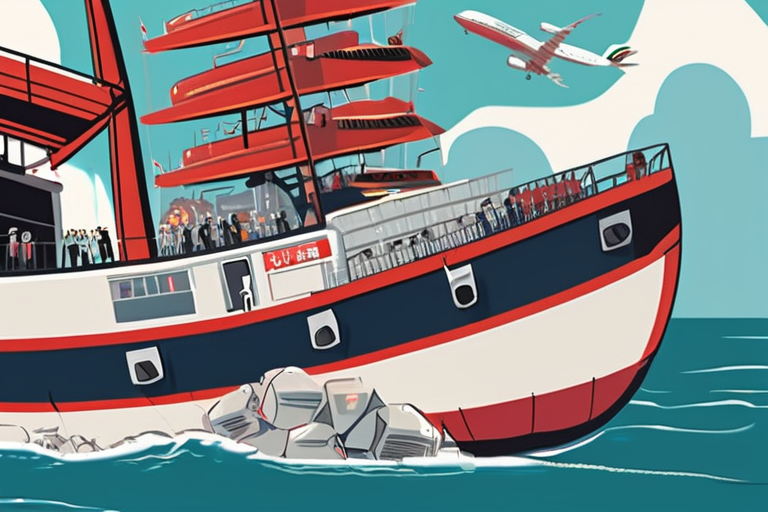
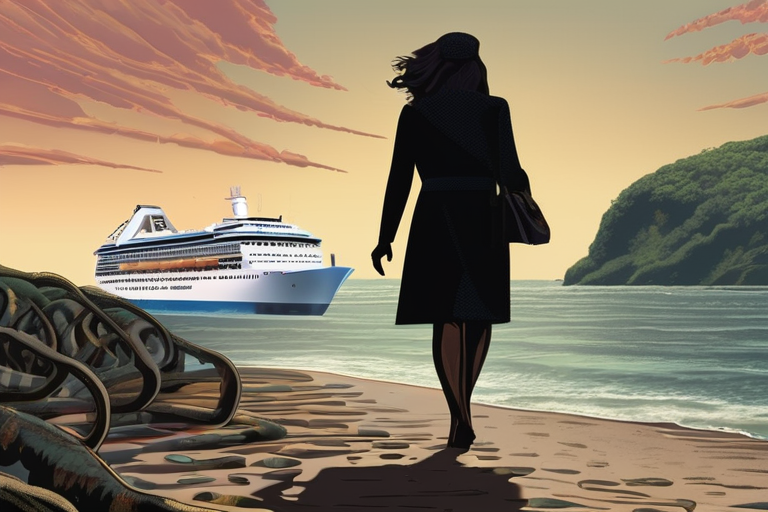


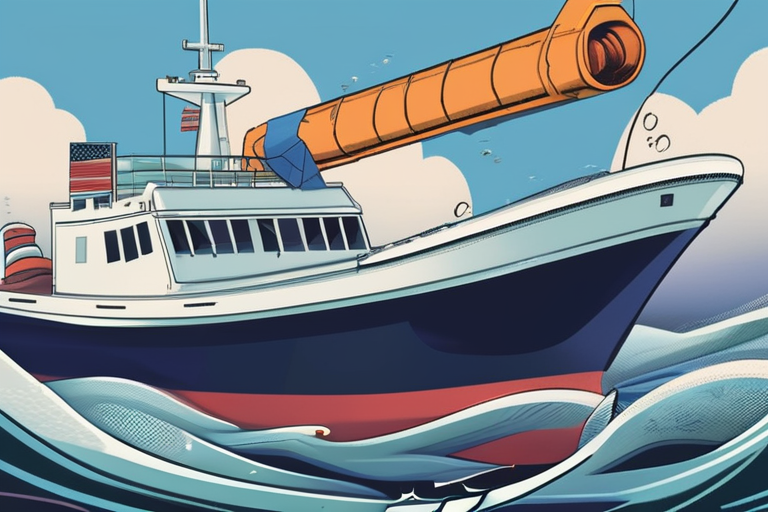
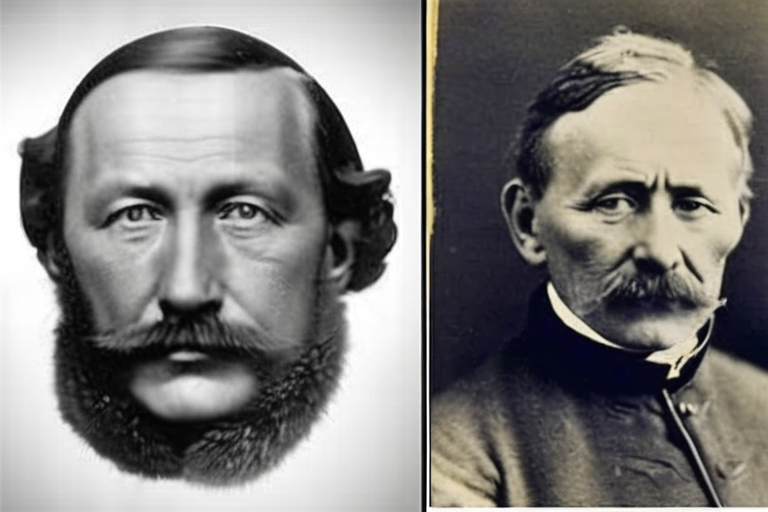




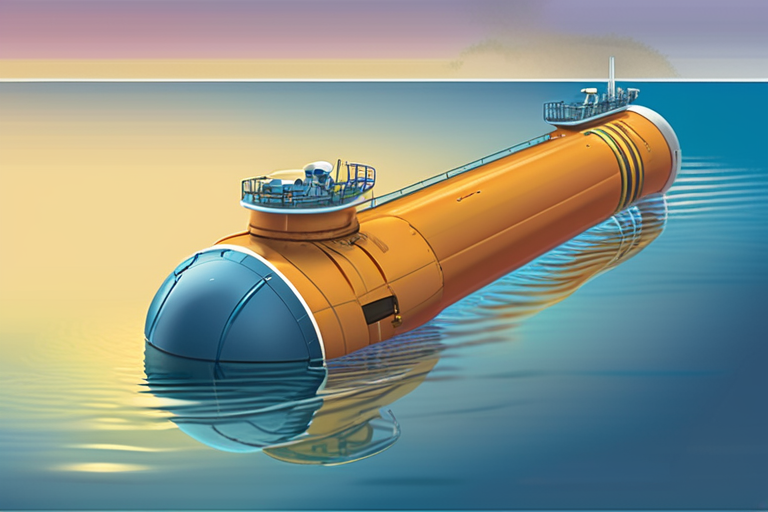

Share & Engage Share
Share this article